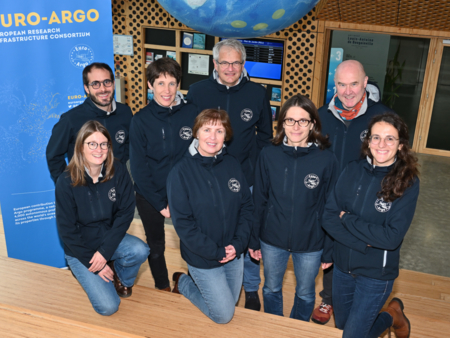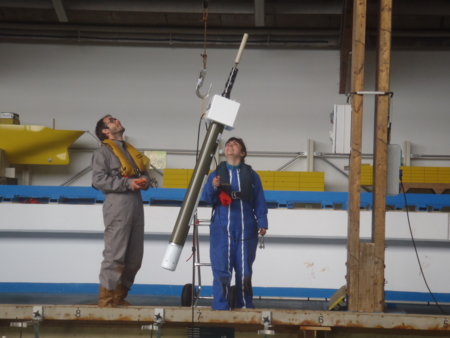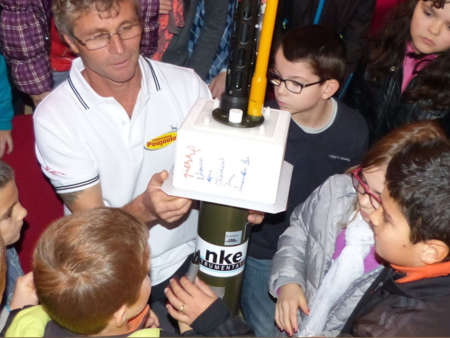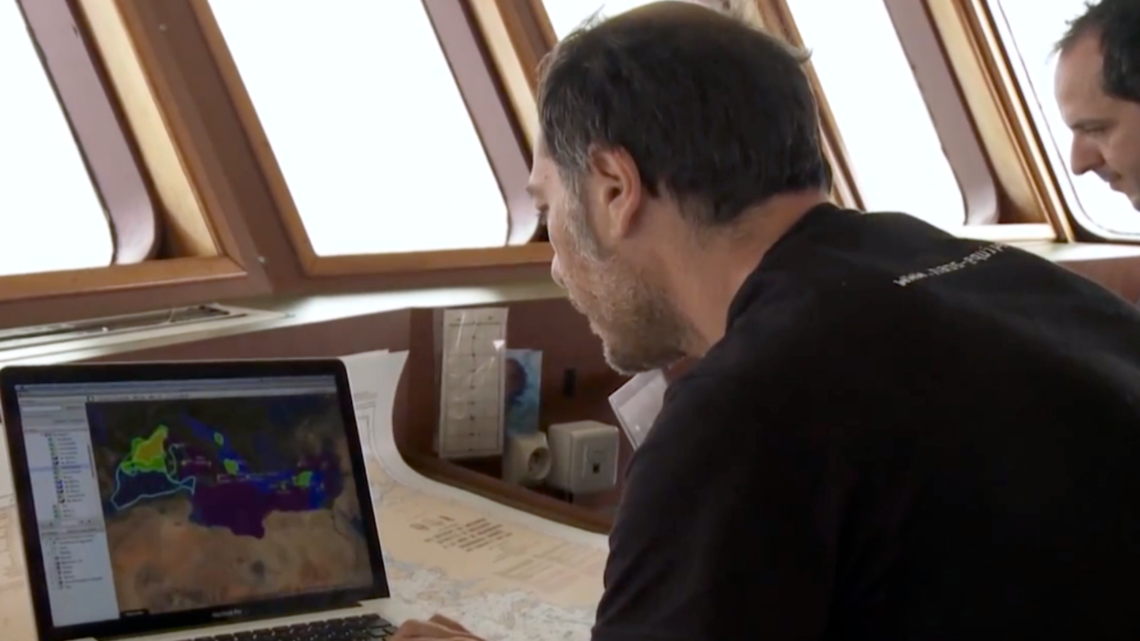How scientists decode Argo floats secret information?
Once received, the satellites send the precious Argo data to a receiving station and then to laboratories.
A first data centre decodes this raw data – Argo floats send data in a special shortened language that must first be translated into understandable numbers – and then sends it to another general data centre which takes over.
This large data centre is like a huge filing cabinet that allows all the information gathered by the floats to be sorted, checked, ordered and stored.
The data is first automatically compared by computers with other data previously measured in the same observation area. If any of the data measured by the floats is too far away from the measurements already known there, the computer immediately puts a little red flag to indicate that this data is doubtful.
Finally, scientists are stepping in and examining in detail the data processed by the computers with all the tools at their disposal. They make sure the quality of the data is good enough to measure the very small but important changes in temperature and salinity that might be due to climate change. They check that the data is consistent with other data measured by other instruments in the same place, with mathematical models – thanks to Argo floats near the observation point, we can have an idea of what should be expected as a measurement at this point – obtained in the region and of course relying on their own experience etc.
Within 6 to 12 hours the data are available at operational weather forecasting centres where it is used in climate forecasting. Soon after this, the data is also freely available on the Internet.
What are the precious data scientists receive thanks to Argo floats? Of course, the data that scientists are most looking forward to are those on ocean temperature and salinity. An Argo float can carry out about 200 ten-day missions before breaking down, and during each mission it can collect about 1000 measurements. This means approximately 250,000 measurements over the course of its life! But Argo floats also report vital information about their behavior during the mission, such as how much battery power they have left, the state of the pump etc. All this information is analyzed by the monitoring crew throughout the mission to ensure that the float achieves its target. If the pump goes wrong or the battery dies, the float can no longer dive or measure properly and the and the mission is put on wait until the float can eventually be recovered and fixed. Eventually, the float keeps its identity card in memory throughout its mission. This information allows any scientist to identify the float and its mission objective at any time. This includes who deployed it, when and why. It is a real passport and each spy float has a unique one.
© “Les sentinelles des mers”, NAOS project 2018, Scientifilm production |








